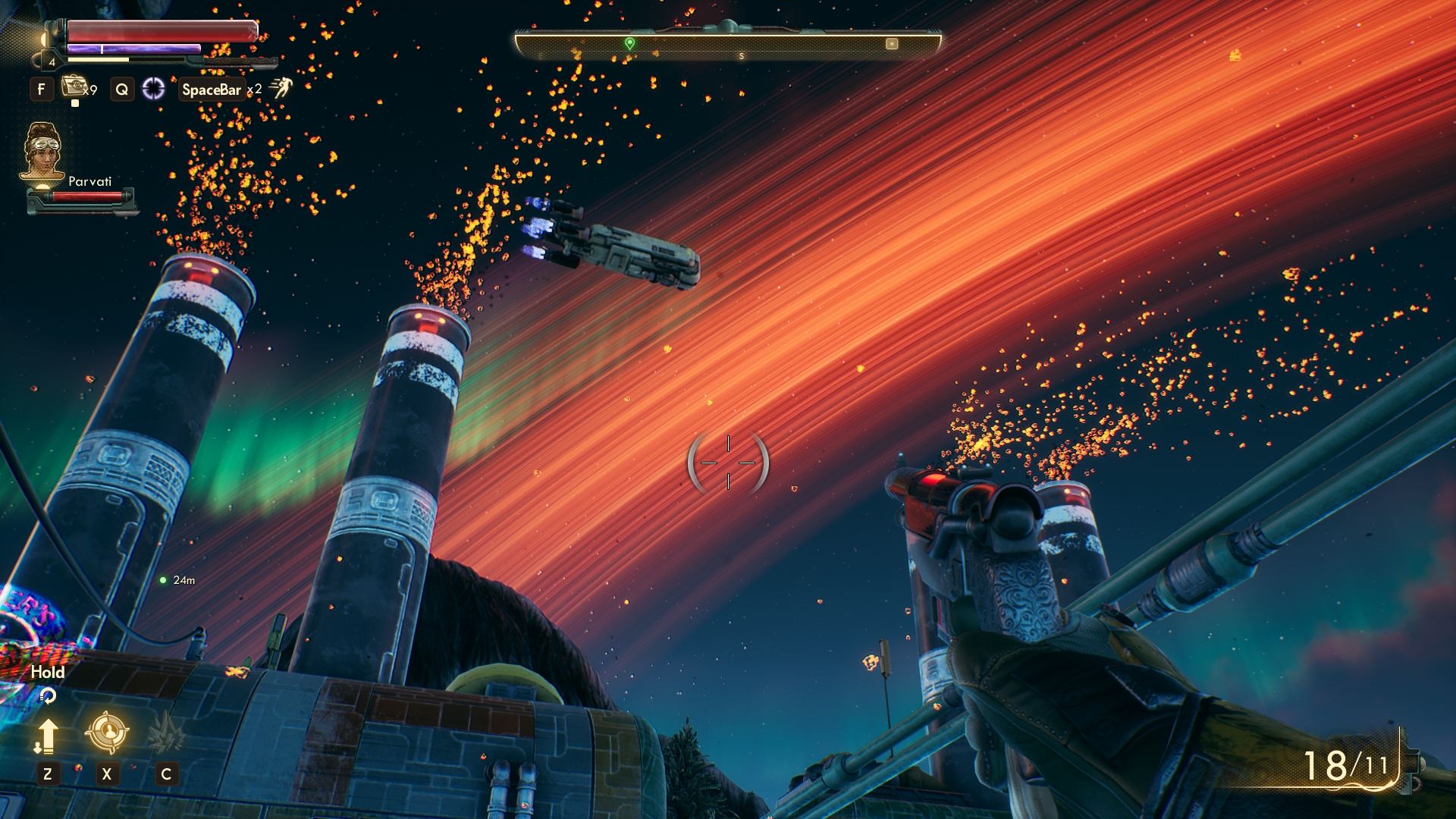
What is it? A funny RPG that tours a corporate-owned solar system
Expect to pay $60/£45
Developer: Obsidian
Publisher: Obsidian
Reviewed on: GTX 970, Intel i5-6600K, 8GB RAM
Multiplayer: None
Link: Official site
Buy it: Epic Games
On the edge of the solar system, an old scientist runs through the corridors of an abandoned colony ship. He pauses before a cryostasis control panel and, of all the thousands of scientists and engineers he could’ve thawed out, for some reason he chooses me: a janitor called Pippin with a twirly moustache and a wonky moral compass.
This is the beginning of a quirky romp across a solar system ruled by brutal corporations. The Outer Worlds is a light-hearted RPG that aims to emulate the Firefly fantasy. You fly from planet to planet, gather a crew of misfits, pick your way through a series of moral quandaries, and shoot people with cool laser guns.
The game’s retrofuturistic aesthetics and dark sense of humour pitches The Outer Worlds against Bethesda’s Fallout games, but there are important differences. True, you have ray guns, and companions who will shoot enemies and stand around staring awkwardly into walls, but this game isn’t a sprawling sandbox experience. You hop between planets and space stations, exploring fairly large (and very pretty) zones full of corporate employees staving off plagues and wild animal attacks. Each area is loaded with loot and sidequests, but it’s a tight and prescriptive RPG. You fetch science fiction gadgets for quest givers and make some entertaining moral decisions.
That’s not a bad thing, but in a world of 70-hour RPGs it’s useful to set expectations. The Outer Worlds is a pulpy choose-your-own-adventure experience. If you don’t go in expecting a deep systems-driven sandbox, it’s a pleasure to breeze through.
There’s still plenty to tinker with. When you level up you get ten points to pour into your character’s stat sheet. I went all-in on my handgun competency to pay homage to Obsidian’s cult spy RPG Alpha Protocol, but you can also put stock in personality traits like perception and intelligence to unlock extra conversation options. I recommend that. Pippin the space janitor is an exceptional liar, which means I can mess with corporate stooges in entertaining ways.
You can also mod weapons to add sights, improve their ammo capacity or, most importantly, change their damage type. There’s a loose rock paper scissors system to combat. Energy weapons mess up animals, electric weapons mess up robots, and pretty much anything messes up humans. You don’t really have to care about that if you don’t want to, however. For hand-wavy science reasons you can slow down time and easily line up headshots. You can equip melee weapons too, and if you unlock the right skills there’s a light parry system that lets you block precisely to rebound opponents.
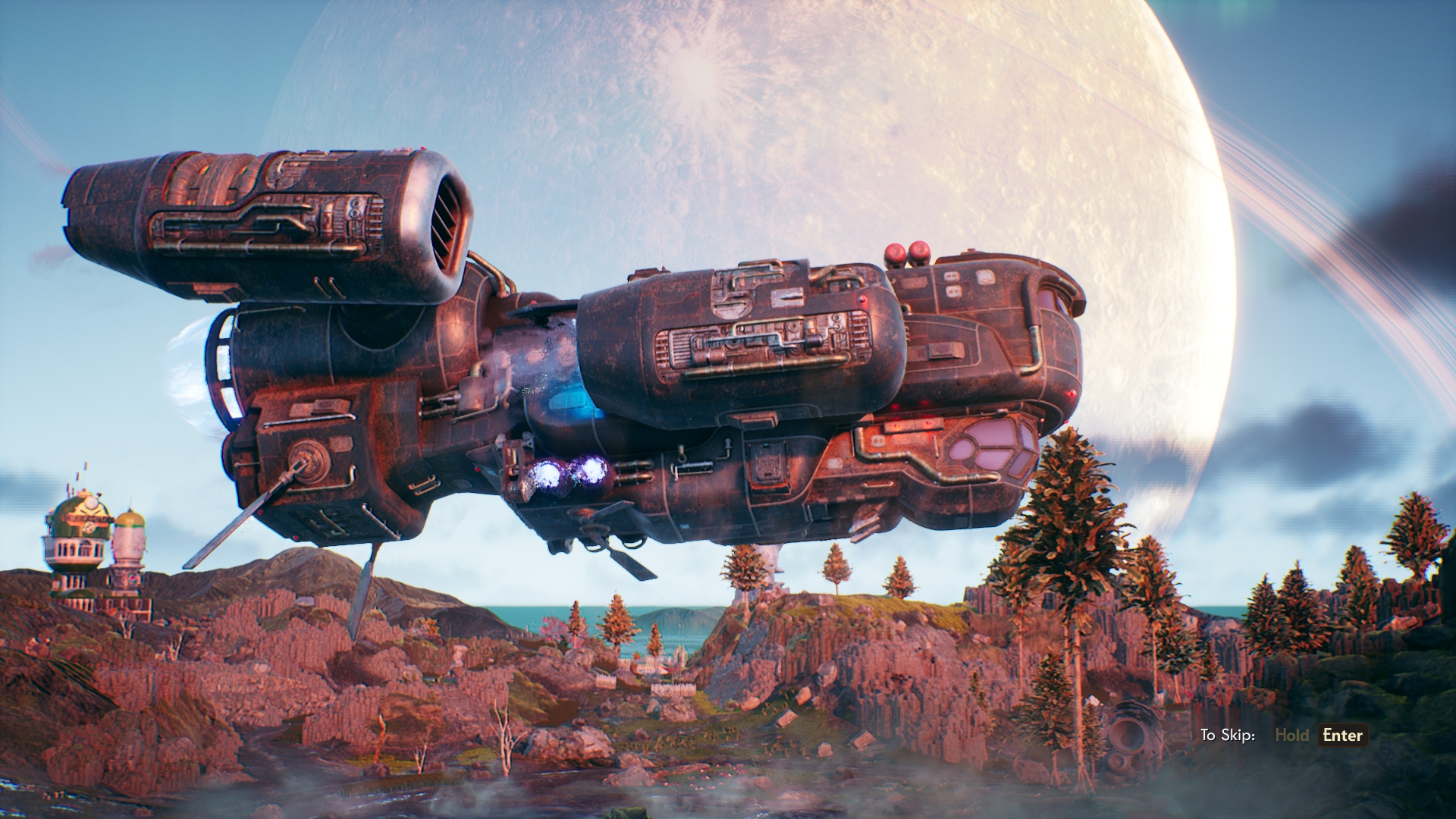
Combat isn’t challenging, and enemies fit into worn categories—face rush melee types, sniper types, dog types. But the Jetsons-style sci fi weapons are fun to use and battles are frequently hilarious. Enemies explode into chunks with enthusiasm, often while screaming overwrought barks. It’s entertaining even when it goes wrong. I blew a man’s head clean off and he fell over screaming “aaaaargh my eyes, I can’t see!” I’ve encountered a bunch of other amusing RPG contrivances. I looted money, light, ammo, drugs, and an entire mining suit from a man’s dismembered right leg.
The corporate colonies are full of employees keen to do the best job they can—largely because getting fired can mean exile and death.
Fights exist to put some light friction between meetings with The Outer World’s oppressed but surprisingly merry citizens. The corporate colonies are full of employees keen to do the best job they can—largely because getting fired can mean exile and death. The story winds between pockets of people trying their best to survive. The game’s main dilemmas ask you to side with one faction against another. You’re free to play the freedom fighter or a corporate shill, but quest outcomes are frequently messy and unexpected. Along with multiple endings, that gives the game some replayability.
Your companions have their own stories too. They aren’t as meaningful as, say, Mass Effect’s companions, but they regularly chip in on conversations. The voice acting is great, but NPCs and companions can seem stilted and unmoving during conversations. There’s also some extremely aggressive zoom when you initiate conversation, which takes me all the way back to the looming potato faces of Oblivion.
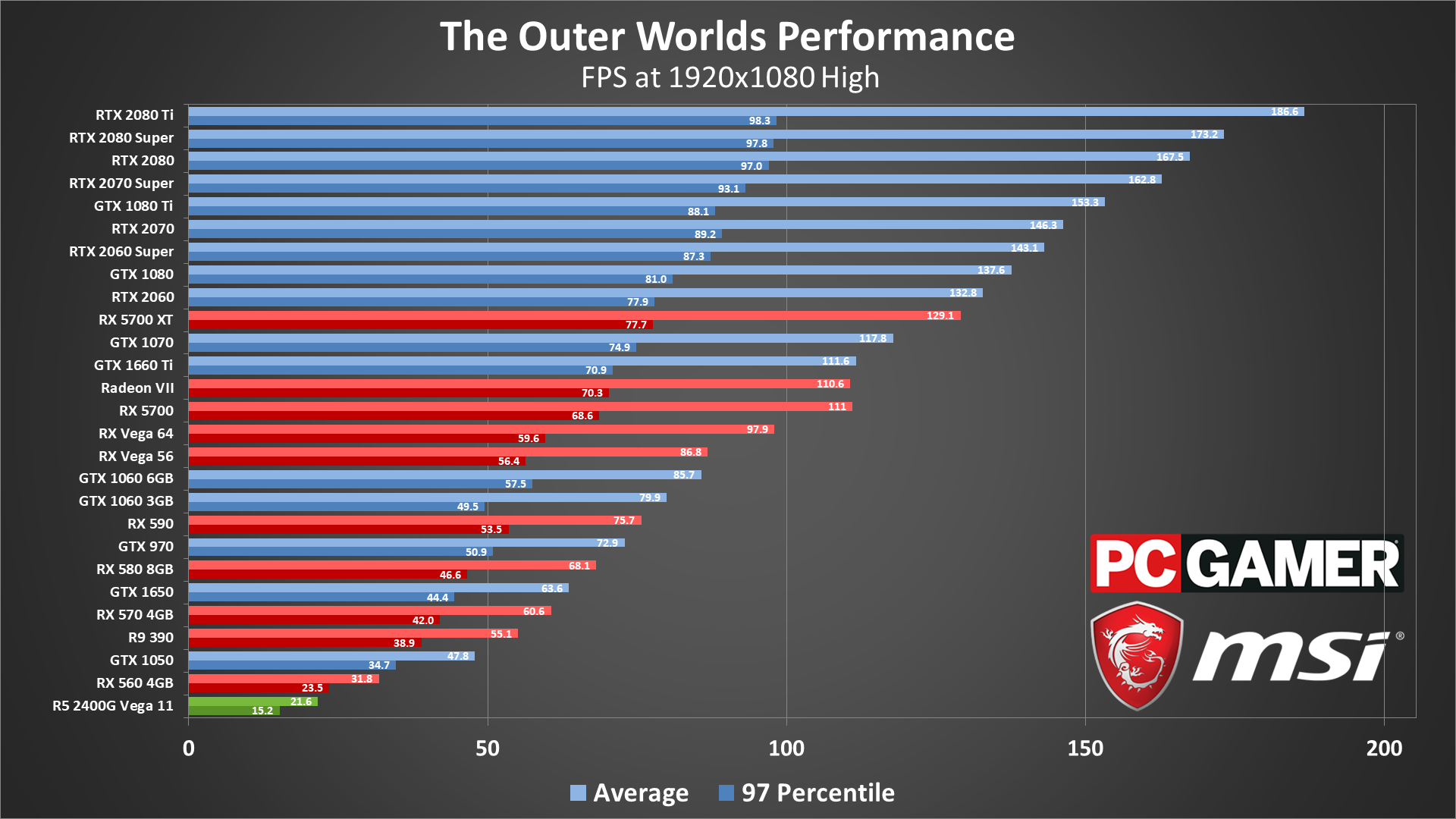
For the most part the game ran beautifully on a GTX970. There were occasional stutters and quick texture popping upon loading into a new area. Barring menu controls, all other keys are rebindable and the game controls well on a mouse and keyboard setup, especially because you can use number keys to quickly select dialogue options. For a full breakdown of settings and hardware requirements, check out our Outer Worlds performance analysis.
It’s still a fun journey. The advantage of the planet-hopping structure—rather than have a single contiguous wasteland to explore—is variety. It’s a colourful universe full of excellent lumpen spaceships that remind me of Red Dwarf. You journey through improbable sci-fi landscapes, brightly lit space stations, and robot-infested facilities. I love the design though some minor texture popping in larger areas took me out of the moment at points.
There’s a category of games I think of as Saturday morning cartoon games. They lack depth, but they are fluffy and easy to enjoy. As I look back on some screenshots as Pippin laser blasts a poor marauder into a pile of dust, I realise that’s what The Outer Worlds is to me. If you meet it on those terms, I think you’ll enjoy it.

Read our review policy
An entertaining, uncomplicated RPG in colourful universe.



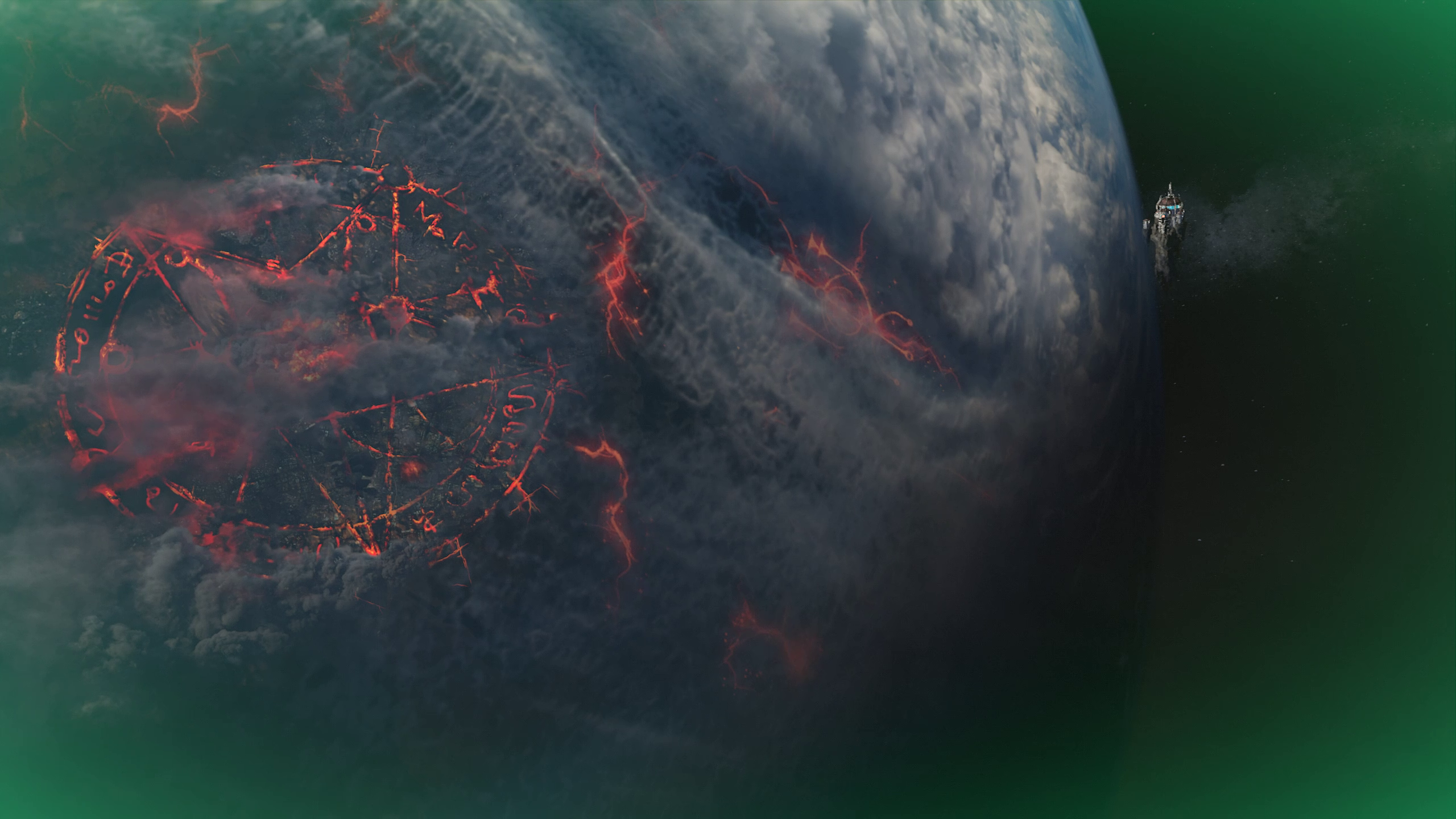
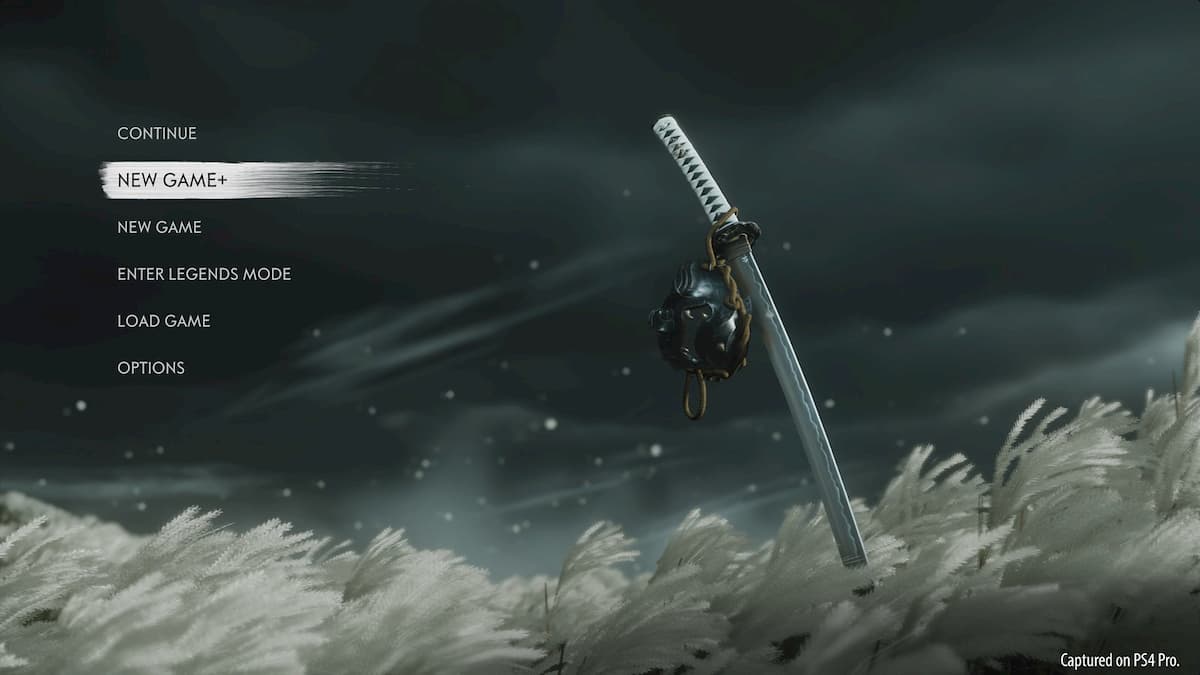


More Stories
Doom Eternal review
Review: The Last of Us Part II complicates the idea of right and wrong
Dirt 5 review